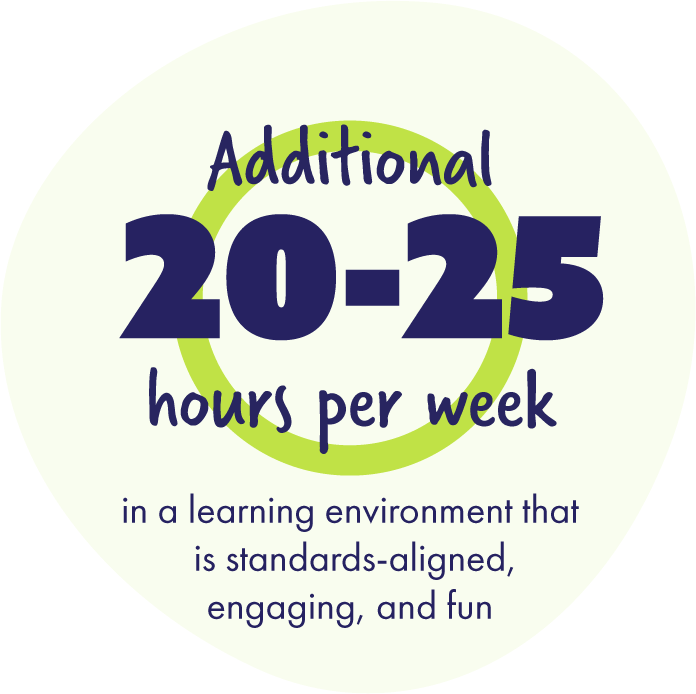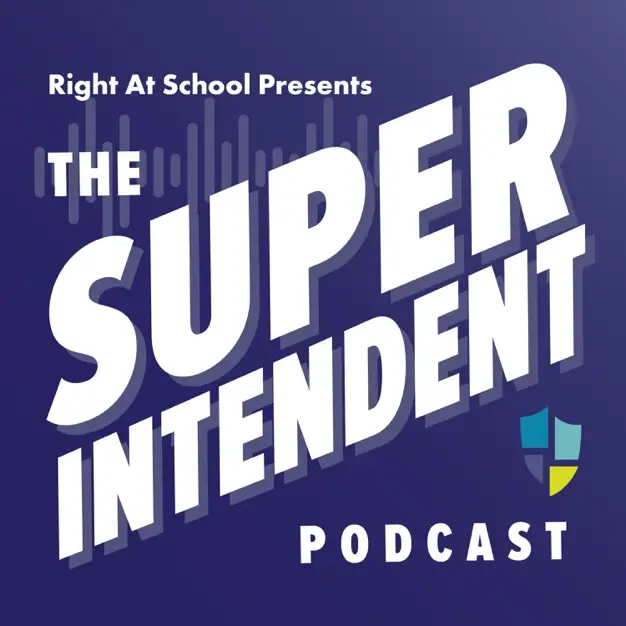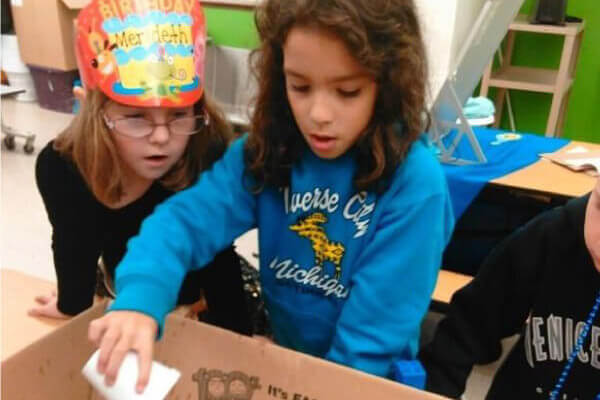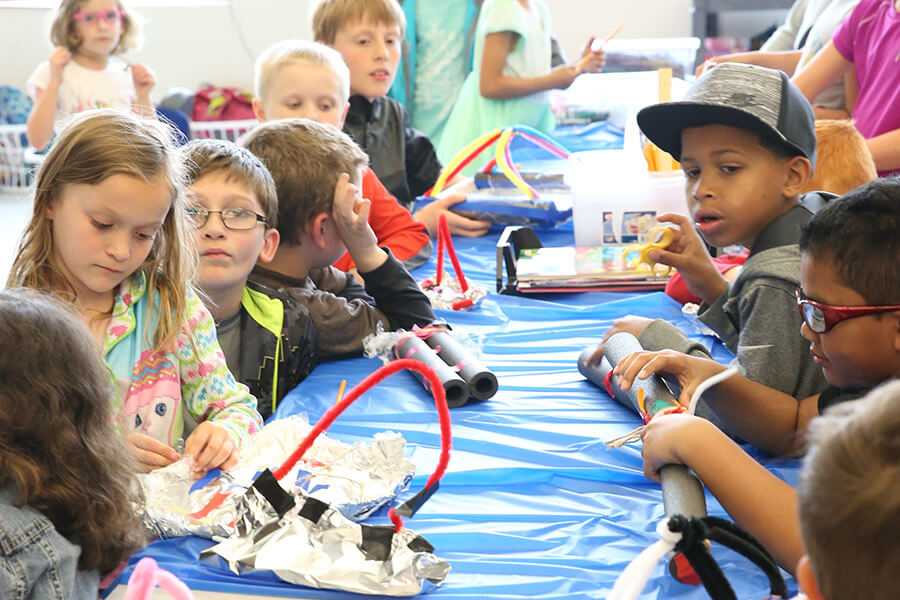
By Dr. Dawn Bridges, Vice President of Educational Affairs
The world has changed dramatically in the last five years, and students’ needs have changed as well. By creating a more holistic approach to education — and leveraging the resources all around us — we can provide students with greater support to prepare them for success in school and in life.
Enter the educational ecosystem.
What is the educational ecosystem?
An ecosystem is a system formed by the interaction of a community of living things with their environment. Together, the community and its environment function as a unit.
An educational ecosystem is a network or framework that provides all students with what they need to succeed throughout their educational journey. At the center of the ecosystem is the school district. It connects school, home, and community. Every school within the district is a learning hub within the ecosystem.
Who is in the ecosystem?
All stakeholders in the district community are part of the educational ecosystem. This includes students, teachers, administrators, staff, parents and caregivers, partner organizations and vendors, community members, local businesses, and local government.
One challenge to creating a successful ecosystem is that district stakeholders are often divided into silos. This compartmentalization limits possibilities and creates barriers to equitable opportunities for students.
A successful ecosystem encourages the active contribution of all. When we are co-creating, collaborating, and problem-solving in a shared environment, we can achieve much more than we could if we were to go it alone. Harnessing the power of people with diverse knowledge, skills, and experiences encourages innovative approaches and solutions. It helps individuals and groups feel more invested in students’ success and in the role they play in that success.
Is every educational ecosystem the same?
While some ecosystems may share common components, each is unique because it is designed to serve its people and environment. It will look, feel, and operate differently, depending on the needs, wants, values, and priorities of the district and its community.
First and foremost, an educational ecosystem is shaped by a district’s strategic goals. As such, its components — e.g., structures, systems, programs, content, etc. — will vary depending on what the district is trying to accomplish and how it plans to get there.
Whether a district is building an ecosystem from scratch or fine-tuning the one it already has, it is vital to start with the goals and then to keep coming back to them. Having this clarity of purpose provides every member of the ecosystem with a clear destination. It builds a sense of community and helps everyone stay focused and motivated, even when times get tough.
What about barriers?
One of the most commonly reported barriers to achieving district goals is time. District leaders frequently tell me that their schools don’t have the time they need to teach all the standards, support the development of the whole child, prepare students for the world … The list goes on and on.
That, in fact, is one of the biggest arguments in support of building an educational ecosystem — there is simply not enough time in the school day to help students reach the outcomes that have been established to prepare them for their futures.
According to a Dec. 12, 2013, Education Week article: “On average, K-12 public schools operate just under seven hours a day, for about 179 days a year, a total of about 1,200 hours, according to an analysis of more than 70 studies by Brown and Stanford University researchers.”
“On average, K-12 public schools operate just under seven hours a day, for about 179 days a year, a total of about 1,200 hours, according to an analysis of more than 70 studies by Brown and Stanford University researchers.”
— Education Week
All too often, when district leaders work with their communities to craft their strategic plans, they focus only on those 1,200 hours they have during the school day. But learning doesn’t happen in a bubble between the hours of 8 a.m. and 3 p.m.
Inequities are another barrier to achieving district goals. For example, in many communities, opportunities for learning, play, and growth outside of the school day are divided between the haves and have-nots. Children from economically advantaged families have greater access to all kinds of enrichment and support, from soccer camps to museum visits to dance classes to homework help. An educational ecosystem can help level the playing field and provide more equitable opportunities for all.
So, how can we overcome these barriers?
In an educational ecosystem, stakeholders can (and should) reimagine what education should look like in their district — and part of that involves thinking beyond the traditional school day.
Children enrolled in high-quality before and after school enrichment programs can spend an extra 20 to 25 hours per week in a learning environment that is standards-aligned, engaging, and fun. Even better, research shows that these programs benefit children’s academic performance, homework completion, and behavior, and their well-being and healthy development.
These programs can also help close the divide between the haves and have-nots. They can support whole child development, including social, emotional, and cognitive development. They can give more children access to opportunities to explore and identify their interests, talents, and aspirations, and illuminate pathways to college and careers — and well before students get to high school. They can also provide a much-needed support for working families who are in need of childcare and give busy parents peace of mind.
Research shows that these programs benefit children’s academic performance, homework completion, and behavior, and their well-being and healthy development.

There are also many other options to extend learning opportunities and help meet district goals, such as:
- Extracurriculars
- Electives
- Tutoring or intervention programs
- Gifted learning programs
- Language learning programs
The possibilities are endless!
More questions and answers about educational ecosystems are coming up in my next post.
To be continued …

Dr. Dawn Bridges
Dr. Dawn Bridges has over 25 years of experience in the fields of education and professional learning, having held the roles of teacher, reading specialist, special education coordinator, principal, and assistant superintendent for curriculum and instruction. She has dedicated her career to ensuring that all students have the support they need to thrive in and out of school. You can follow Dr. Bridges on LinkedIn and Twitter and subscribe to the RAS blog to keep up with her work.








